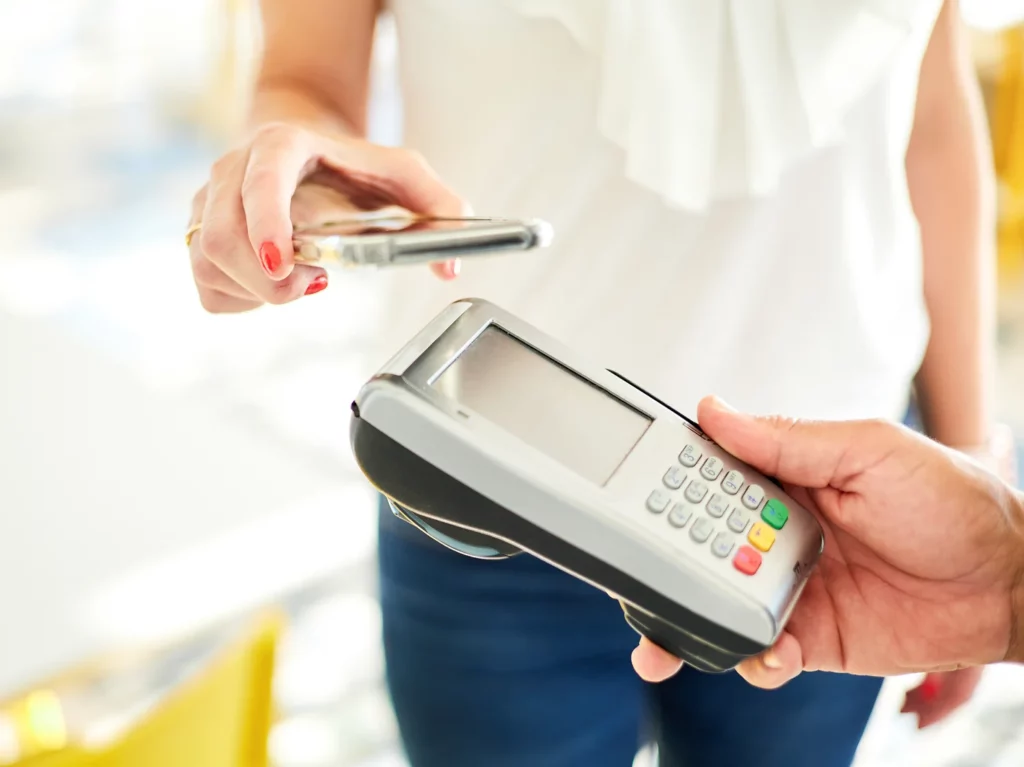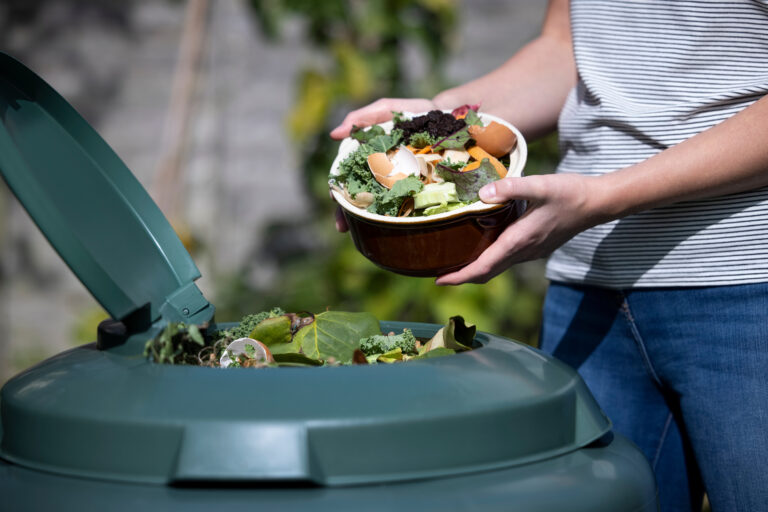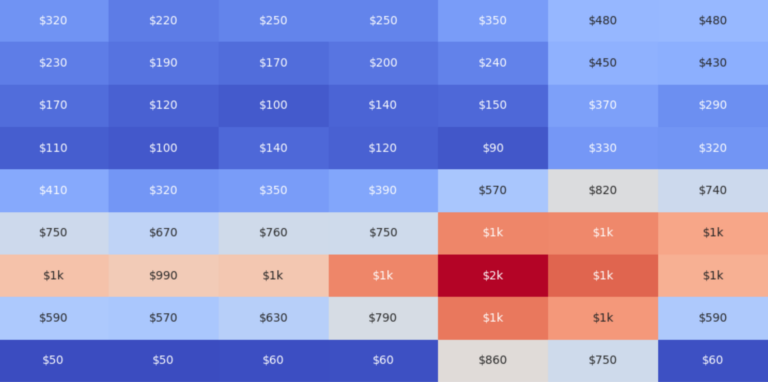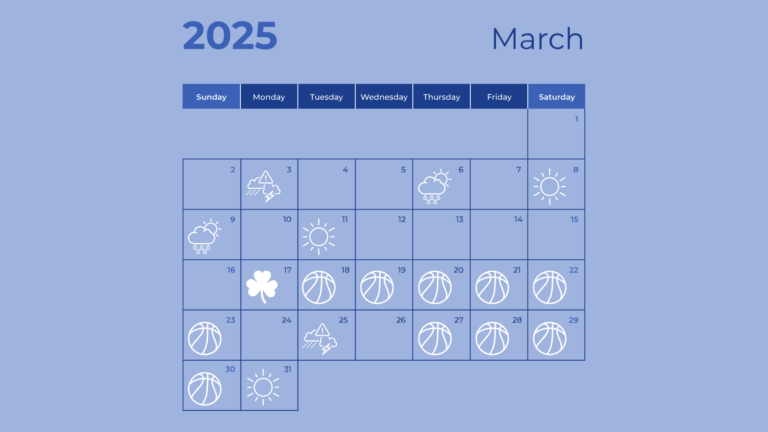The past two years have been turbulent for the food service industry. With pandemic-related shutdowns, staffing shortages, swings in demand, supply chain disruptions and product shortages, as well as inflation, many restaurants have been forced to adapt quickly.
These factors have made predicting demand in an already unpredictable industry into plain guesswork.
Predictive forecasting tools can help restaurants manage fluctuating demand, but this technology’s use is not widespread throughout the food service industry.
However, supply chain leaders have caught on, with 43% reporting increased spending on innovative technologies like predictive analytics last year, according to this report.
Companies outside of the food service industry already utilize predictive forecasting technology to anticipate their supply chain needs.
For example, to cut down on shipping time, Amazon utilizes predictive forecasting to prepare the products they expect their customers to purchase for shipment before orders are ever placed.
The key to responding to dynamic supply chains and fluctuating demand is to possess an equally dynamic forecasting strategy.
How It Works
Using data, statistical algorithms, machine learning, and artificial intelligence, predictive analytics is able to anticipate future trends.
Predictive analytics combines external data, like crop yields and weather changes, with internal data such as past sales, to predict trends.
This empowers businesses to respond to shifting demand and availability in the supply chain and make prescient moves when it comes to ordering and purchasing.
This technology can help take the guesswork out of food supply service.
— saving on time, resources and the cost of missing an opportunity.
Challenges and Benefits
Some restaurants take a “no empty shelves” approach to their inventory.
But these conditions are not optimal: under-order and risk not being able to meet consumer demand or overstock and run the risk of having spent resources on a wasted product.
Predictive analytics technology is able to detect an increase in demand enabling food service suppliers to place orders while items are still in stock or avoid waiting periods.
When takeout containers and disposable silverware came into high demand at the onset of the pandemic, restaurants struggled to stock their inventories. Predictive analytics forecasting tools would have noted these products were in higher demand and suggested to order them before they were out of supply thus preventing an inability to serve customers.
Looking Ahead
Today’s economy and pandemic-related disruption have exposed how crucial strong supply chains are.
The market is dynamic and calls for an equally dynamic system to make advanced purchasing decisions in real-time. Predictive analytics technology has the ability to empower restaurants with the foresight to do so.








